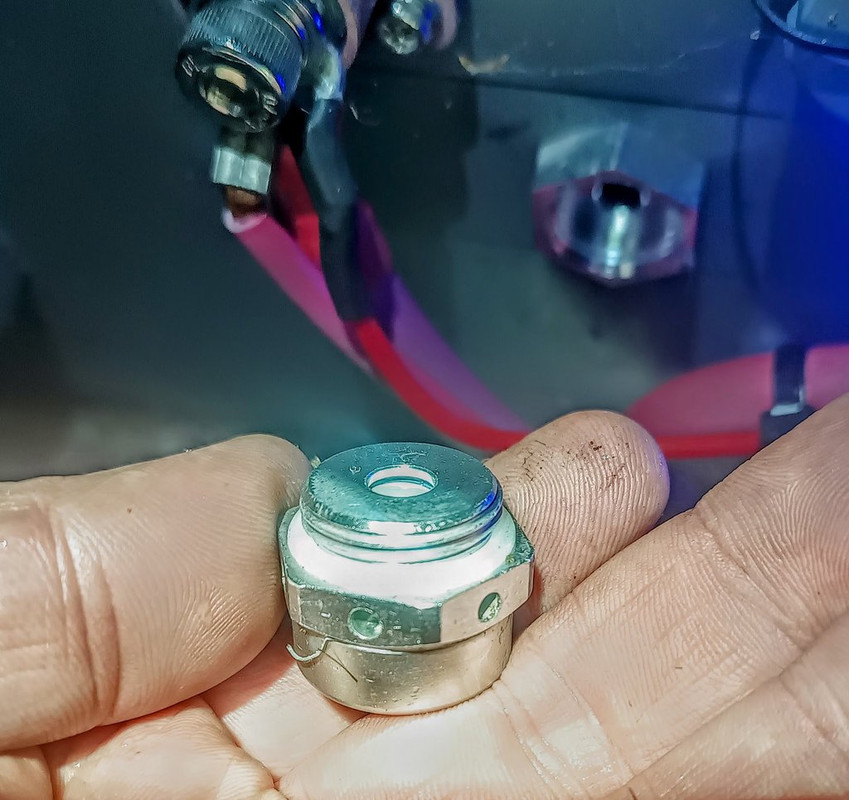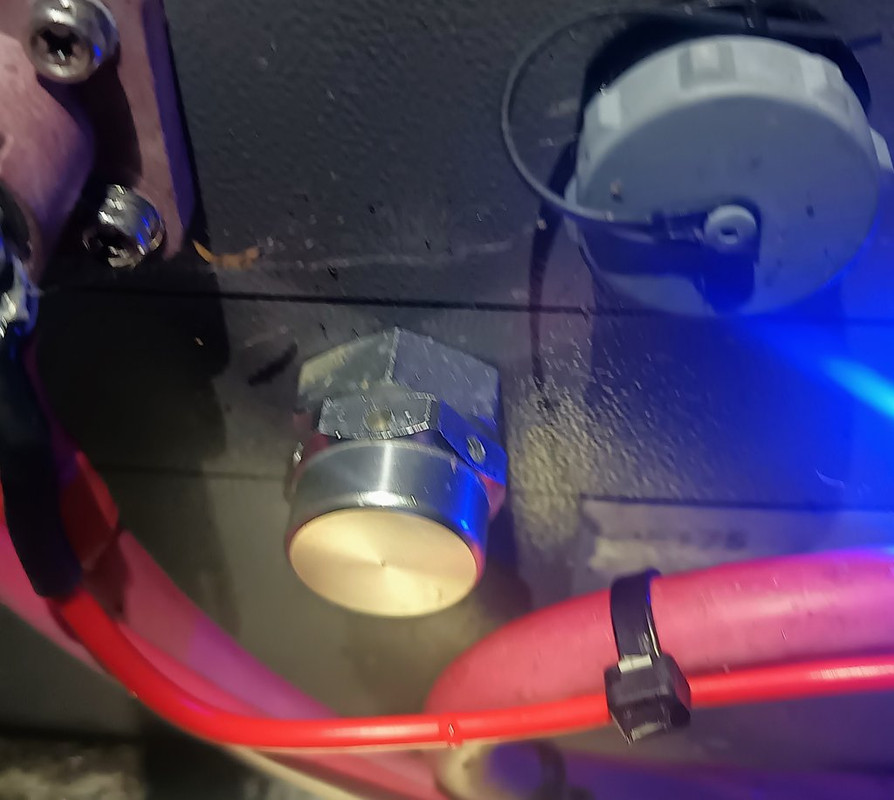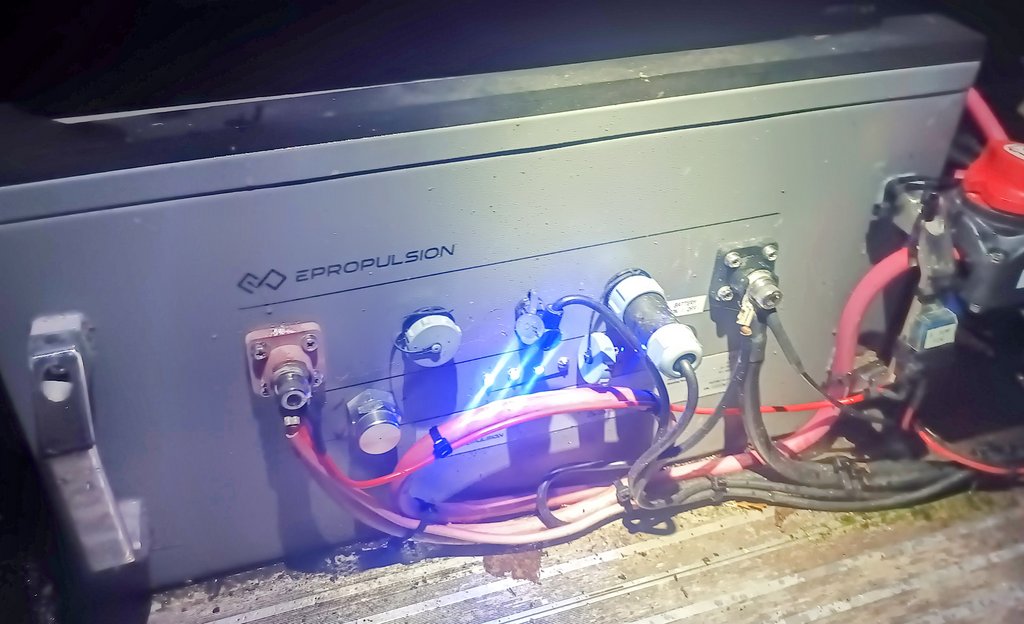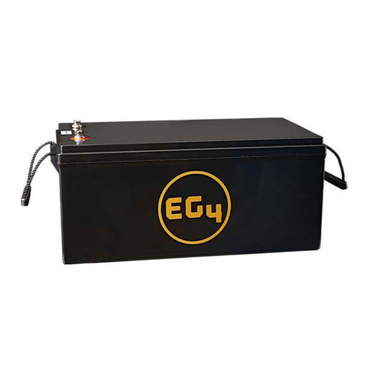unseengundam
New Member
- Joined
- Nov 27, 2021
- Messages
- 21
I plan to put a bank of 100-200 cells outdoor in a large metal waterproof box. Are there any issues with the LIFEPO4 that require venting? can I put in a Water/Airtight configuration?
I need figure out whether I need plan put vents on the box holding the batteries or not.
Thanks
I need figure out whether I need plan put vents on the box holding the batteries or not.
Thanks








